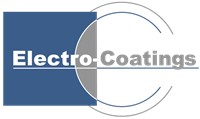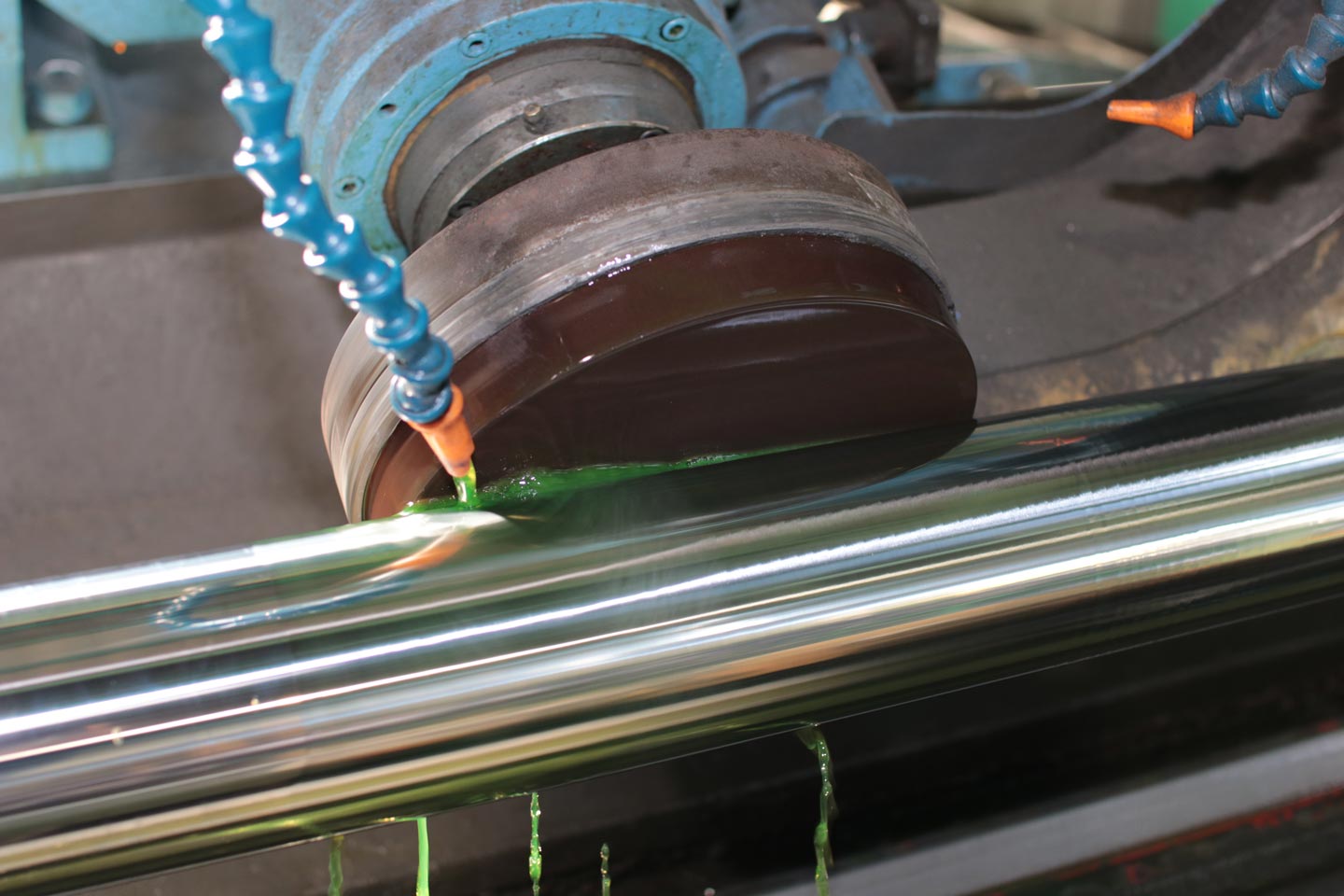Chrome Coating Surface Adhesion
Although it is often said that the chromium layer will reproduce faithfully every defect in the base material, in actuality as the chrome deposit thickens it will level imperfections. For smooth as-is chrome plating, the basis material should be at least as smooth as the expected chrome. Imperfections, of course, may be ground or polished after plating to erase them.
In some instances, cracks in the basis material that are not visible through normal inspection techniques may become apparent only after plating. This phenomenon is attributed to the fact that grinding of steel often causes a surface flow of the material, which is eliminated during the preplating treatments, making the crack apparent as the coating thickness increases. The deposited layer of chromium, although extremely thick, will not bridge the crack.
Adhesion and Bonding of Hard Chrome
Adhesion between a chromium layer and the basis metal upon which It is deposited is achieved by a molecular bond. The bond strength is less upon highly alloyed steels and on some non-ferrous metals. However, bond strengths in excess of 35,000 psi are common.
Masking for Selective Plating
When hard chrome applications require masking, it may be achieved by the use of tapes, paints, and even shields which are part of the holding mechanism of the article. In the selective plating of production parts, specially built plating fixtures rugged enough to use hundreds of times will automatically stop off the areas of the piece which need to be masked.
Grinding, Honing and Finishing Chrome Plating
Hard chrome surfaces can be readily ground, honed, polished, lapped, or finished by various means. Because of its extreme hardness, however, proper stones, wheels, etc., must be used. Most grinding or honing shops are technically qualified to grind or hone chromium. If help is needed in this area, your qualified chrome plater can be of assistance.
Almost any required finish can be obtained on chrome plate. In thickness ranges of 0.001 to 0.002 inch the asplated surface will be only slightly rougher than the base metal. Special grinding and polishing techniques can produce surface finishes as low as 1 RMS, which are necessary in the plastic film and paper converting Industries.
Chrome Plating Irregular Geometric Surfaces
During electrodeposition, the current distribution over different areas of a component greatly varies, depending upon its geometrical shape. Elevations and peaks, as well as areas directly facing the anodes, receive a higher current density than depressions, recesses and areas away from the anodes and those areas that do not directly face the anodes. The variation in current density over different areas produces a corresponding variation in the thickness of the deposited metal.
The sketch below indicates a geometric surface upon which chromium has been deposited. The inset sketches Indicate the solutions available to prevent built-up areas and thinly plated areas which often result from these configurations.
Properties and Benefits of Industrial Hard Chrome Plating
- Wear & abrasion resistance
- Lubricity
- Hardness
- Durability
- Adhesion & bonding
- Low coefficient of friction in metal parts
- Prevents seizing & galling
- Restores the dimensions of undersized parts
- Extends equipment in-service life, reducing costly downtime
The data and Information presented are based on our experience to date. The material is intended as a guide for use at your discretion. ACME Holdings or its operating divisions assume no liability in connection with this material.

